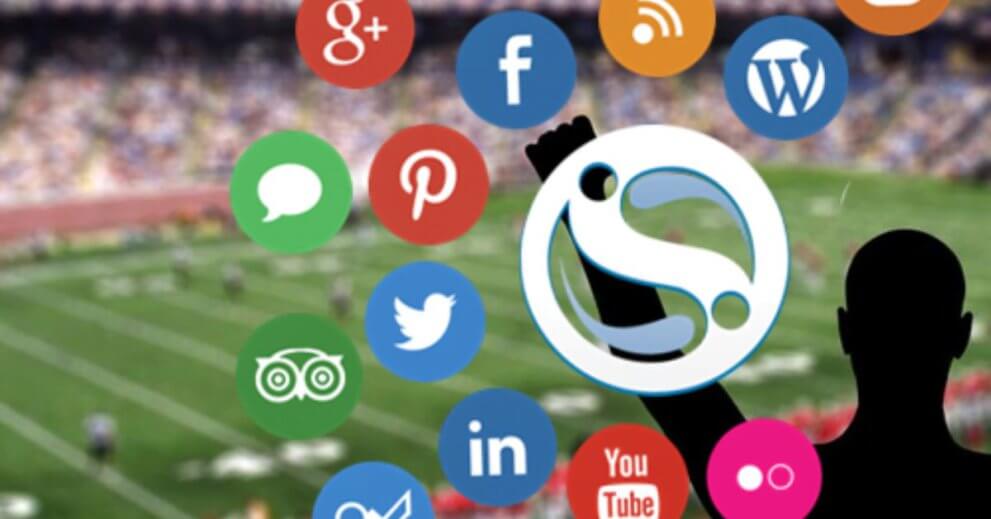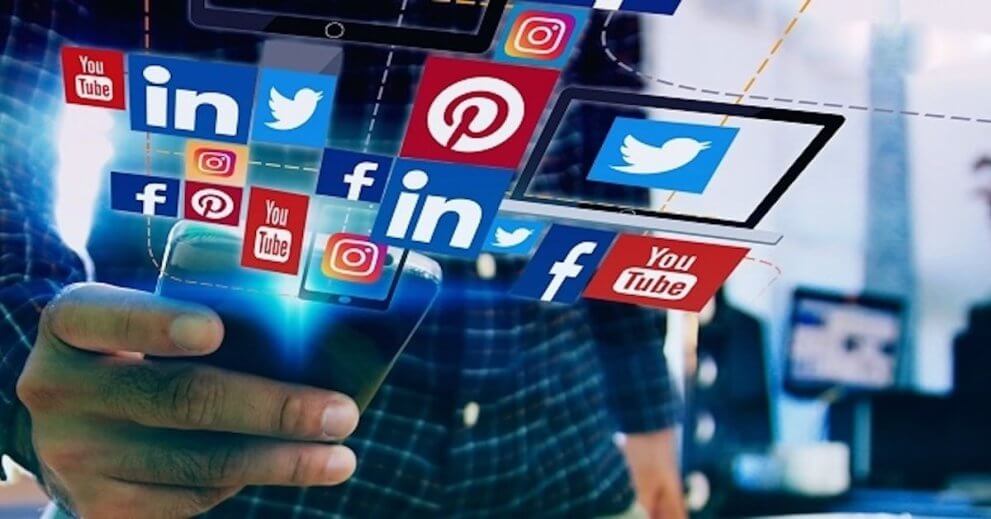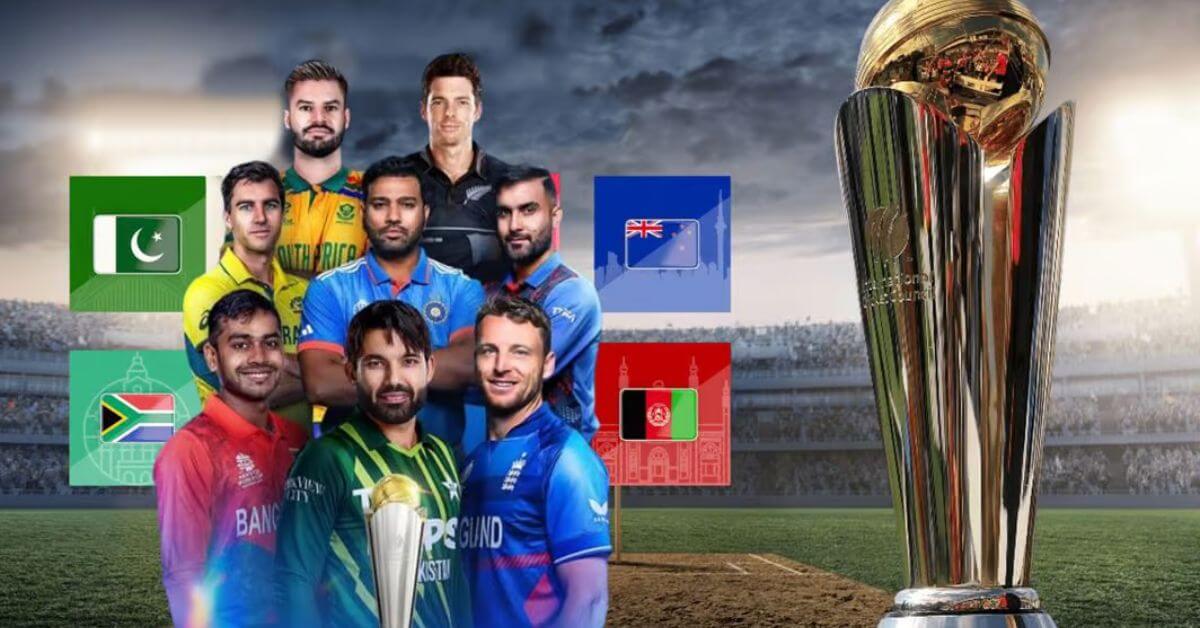Social media has completely changed the sports world. In the past, fans had to wait for TV broadcasts or newspapers to get updates on their favorite teams and players. Now, with platforms like Instagram, Twitter, and TikTok, fans get instant highlights, live interactions, and behind-the-scenes content. Athletes, teams, and sports influencers are more connected with their audience than ever before.
This shift has made sports more exciting and interactive. Fans can directly engage with players, comment on matches, and even influence trends. Meanwhile, influencers and athletes use their online presence to grow their brands, secure sponsorships, and inspire millions. But how exactly has social media transformed sports? Let’s dive in.
Social Media Has Transformed Sports Communication
Social media has removed the middleman between athletes and fans. In the past, sports updates came through TV stations and newspapers, but now, players can share their thoughts directly. A simple tweet or Instagram post can reach millions within seconds. Fans feel more connected to their favorite athletes, making the sports experience more personal.
Teams and leagues also use social media for live game updates, match highlights, and interactive content. Whether it’s a last-minute goal or a major transfer announcement, everything spreads instantly. This real-time engagement makes sports more thrilling, as fans can react immediately and share their excitement online.
You May Read More Blogs:https://digibizt.com/how-to-grow-the-fashion-of-cloths-in-instagram/
Athletes Are Now Influencers and Personal Brands
Athletes are no longer just sports stars; they are also content creators and influencers. Many players use social media to promote brands, endorse products, and share their journeys. This helps them build a loyal fanbase beyond their sport. For example, Cristiano Ronaldo and LeBron James have millions of followers, making them powerful influencers.
This influence isn’t just about sponsorships. Many athletes use their platforms to talk about important social issues, share fitness tips, or even launch their own businesses. Social media gives them control over their brand, allowing them to stay relevant even after retirement.
The Rise of Sports Content Creators and Analysts

Not only athletes but sports influencers and analysts have gained fame on social media. YouTube, TikTok, and Instagram are full of sports content creators who provide expert analysis, reaction videos, and fun challenges. These influencers make sports more engaging by offering unique perspectives outside traditional media.
For example, many YouTubers break down matches, discuss tactics, and predict outcomes, attracting millions of viewers. TikTok creators bring a fun side to sports with memes, challenges, and short clips. These influencers play a huge role in keeping fans entertained and informed, even between games.
Sponsorships and Brand Collaborations in Sports
Social media has completely changed sports marketing. Brands now prefer to invest in digital sponsorships rather than traditional ads. Athletes and sports influencers promote products through Instagram stories, TikTok videos, and YouTube collaborations, making sponsorships more effective.
For example, Nike, Adidas, and Gatorade regularly partner with top athletes to launch campaigns. Even energy drinks like PRIME, co-founded by YouTuber Logan Paul, became popular through influencer marketing. These collaborations help brands reach millions of potential buyers while allowing athletes to earn beyond their salaries.
Increased Fan Engagement and Interaction
Fans today have direct access to their favorite teams and players, something that was impossible before social media. Whether through live Q&A sessions, Twitter polls, or Instagram stories, fans can voice their opinions and feel involved. This has created a stronger connection between athletes and supporters.
Additionally, viral trends and social media challenges, like trick-shot contests or “GOAT debates,” keep fans engaged even during off-seasons. This two-way interaction keeps the sports industry more dynamic and entertaining, making every fan feel like a part of the action.
The Downsides: Social Media’s Challenges in Sports
Despite its benefits, social media has its dark side. Athletes often face online abuse and cyberbullying when they don’t perform well. Hateful comments, negative criticism, and even threats can affect their mental health, leading to stress and anxiety.
Another issue is misinformation and fake news. False rumors about transfers, injuries, or scandals spread quickly, causing unnecessary panic among fans. Athletes and teams must constantly manage their online presence to avoid the damage that fake news can cause.
The Future of Social Media in Sports

Social media in sports is still evolving. AI-generated content, virtual reality experiences, and interactive fan engagement will become more common. Soon, fans may watch games in virtual stadiums, interact with players through the metaverse, or get AI-driven personalized sports news.
Additionally, athletes may own their own media platforms, giving them even more control over their narratives. NFTs and digital collectibles are also growing trends, allowing fans to buy exclusive digital sports memorabilia. The future of sports and social media is full of exciting possibilities.
Conclusion
Social media has revolutionized the sports industry, making it more interactive, personal, and engaging. Athletes now control their brands, teams connect with fans instantly, and influencers bring new perspectives to sports culture. These changes have made sports more than just a game, it’s an ongoing global conversation.
However, with great power comes great responsibility. While social media offers incredible opportunities, it also presents challenges like cyberbullying and misinformation. Athletes, teams, and fans must navigate this digital space carefully. As technology continues to grow, the relationship between sports and social media will only get stronger, shaping the future of the industry in unimaginable ways.
FAQs
How has social media changed sports?
Social media allows real-time updates, direct fan interaction, and athlete branding.
Why do athletes use social media?
Athletes use it to engage with fans, promote brands, and build their image.
How do influencers impact sports?
They create engaging content, drive trends, and boost sponsorship visibility.
What are the challenges of social media in sports?
Cyberbullying, misinformation, and pressure to maintain a perfect image.
What is the future of social media in sports?
More AI content, virtual reality fan experiences, and athlete-led media platforms.


